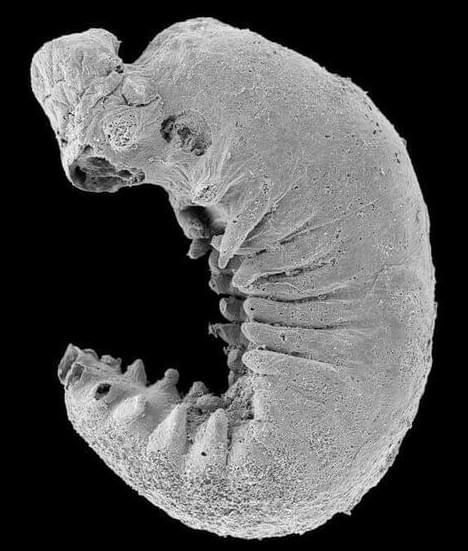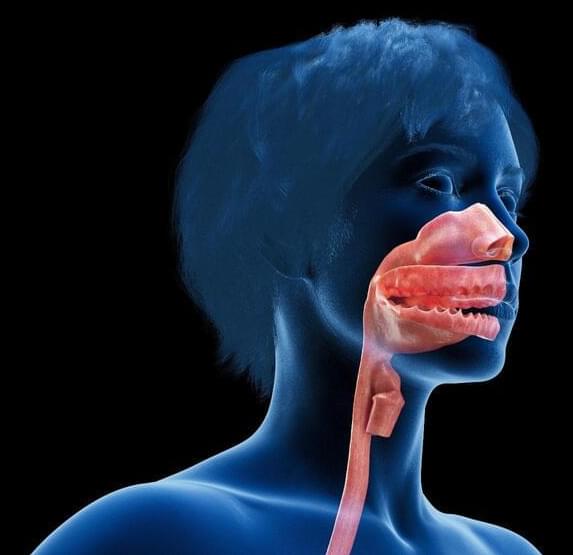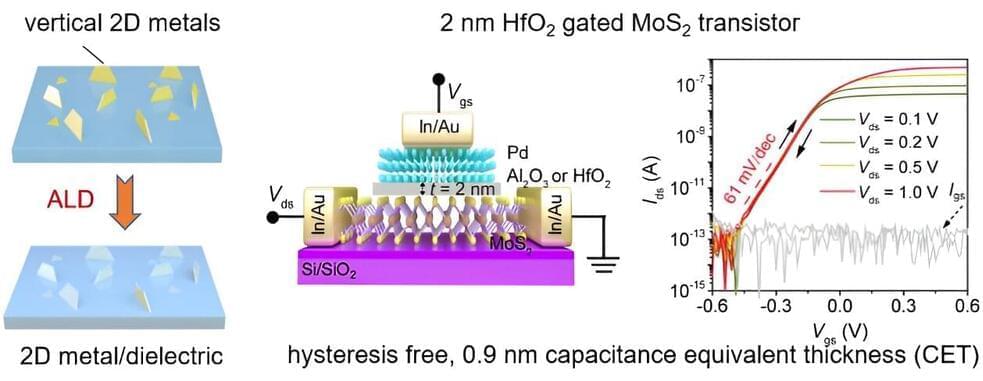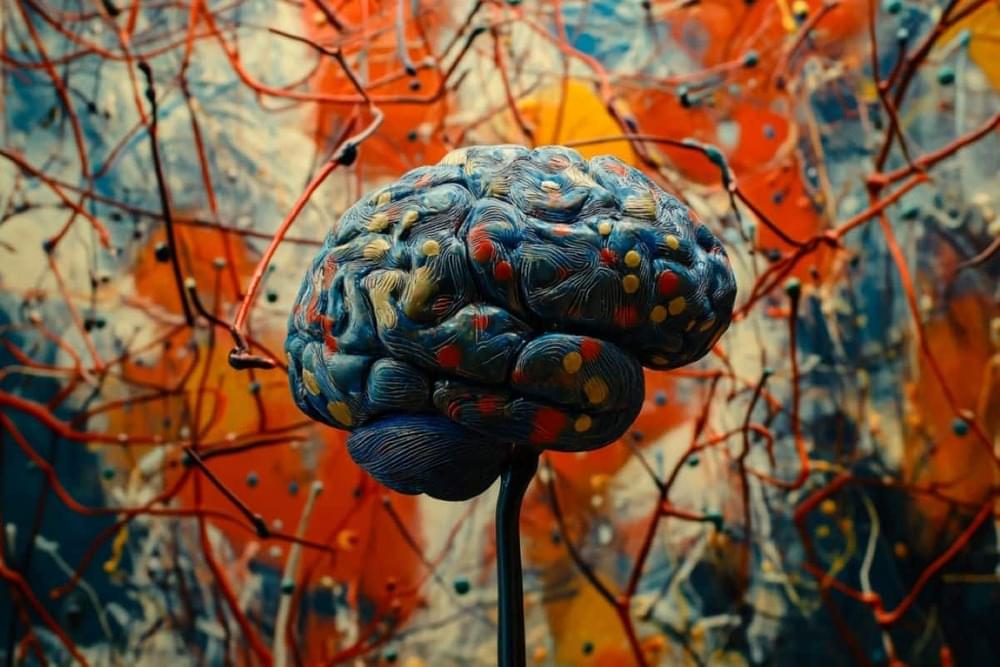Aug 5, 2024
Cutting-Edge Quantum Sensor Unveils the Hidden Atomic World
Posted by Saúl Morales Rodriguéz in categories: biotech/medical, nanotechnology, quantum physics
A new quantum sensor developed by researchers from Korea and Germany can measure magnetic fields at the atomic scale with high precision. This technology uses a single molecule for detection, offering superior resolution and the potential for significant advancements in quantum materials and molecular systems analysis.
In a scientific breakthrough, an international research team from Korea’s IBS Center for Quantum Nanoscience (QNS) and Germany’s Forschungszentrum Jülich developed a quantum sensor capable of detecting minute magnetic fields at the atomic length scale. This pioneering work realizes a long-held dream of scientists: an MRI-like tool for quantum materials.
“You have to be small to see small.” —

















